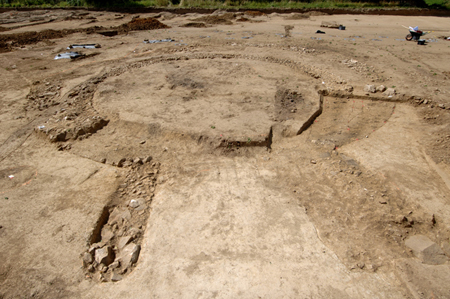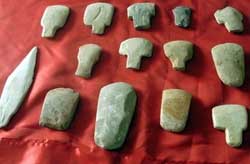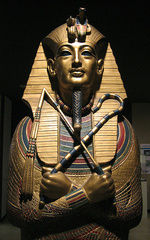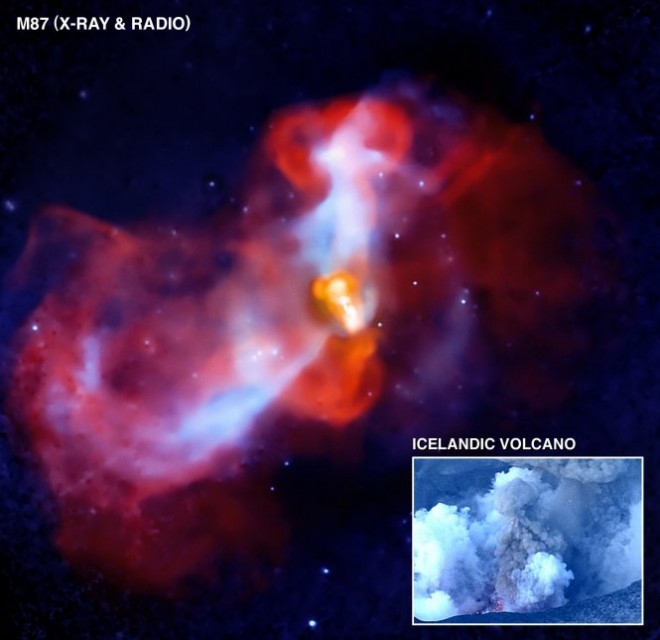
© Herve PaitierThe circular temple is younger than the main temple, and dated to the 2nd or 3rd century AD
Archaeologists have discovered a large Gallo-Roman religious complex located only a few kilometers from the ancient city of Le Mans. The ancient sanctuary is thought to have been an important pilgrimage area, visited by thousands to honor the gods.
The religious complex unearthed in Neuville-sur-Sarthe - about 5km north of Le Mans, France - is excavated by archaeologists from the French National Institute of Archaeological Research (
INRAP) and dated to the 1st to 3rd century AD. Traces of the complex were first revealed on aerial photographs taken in 2003, when an long period of drought scorched much of the vegetation on the site, yet nobody anticipated its sheer size - the complex spans more than 4 acres.
The ancient sanctuary, clearly divided in three areas, contains several Gallo-Roman temples (
fana) in various shapes - quadrangular, polygonal and circular - and sizes, linked by roads and galleries.
In the west, the main temple and five shrines are located. The temple (or
fanum) is a 15m square structure characterized by a sanctuary, a central altar dedicated to the gods, surrounded by a gallery where the faithful would worship. The few architectural fragments discovered, suggest that it was a Corinthian style building with plaster wall paintings. The structures are surrounded by a 60m by 40m quadrangular brick wall enclosure (or
temenos).









